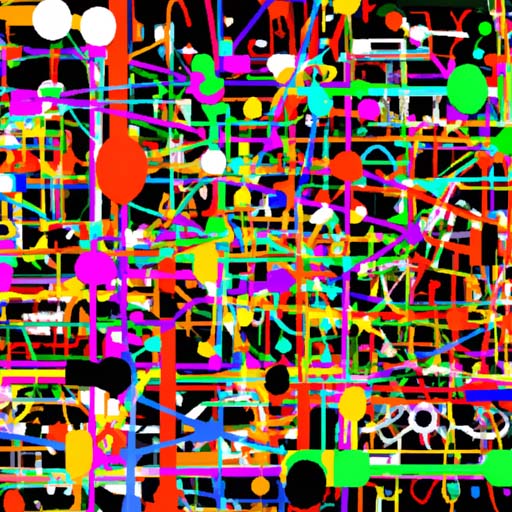Dark mode has risen in popularity in recent years, not only among casual users but also within the coding community. Software developers and programmers often spend long hours staring at their screens, meticulously analyzing lines of code to create functional and innovative applications. So, what is it about dark-themed Integrated Development Environments (IDEs) that coders find so appealing? Let’s delve into the science and preference behind why coders love dark mode.
The Psychology of Dark Mode
Dark mode, with its black or dark gray background and contrasting light text, offers a significant departure from the traditional bright white backgrounds commonly found in software applications. From a psychological standpoint, the preference for dark mode can be attributed to various factors.
Firstly, dark mode reduces eye strain, particularly during long coding sessions. The high contrast between the text and the dark background provides a more comfortable viewing experience, as it reduces the amount of light emitted by the screen. The decreased brightness helps prevent eye fatigue and diminishes the risk of developing eye-related issues in the long run.
Additionally, dark mode has been proven to enhance focus and attention. The dark background minimizes distractions, allowing coders to better concentrate on their work. By reducing visual clutter and glare, dark mode creates a visually calmer environment, fostering improved mental engagement and productivity.
The Aesthetic Appeal of Dark Mode
Aside from the psychological benefits, many coders simply find dark mode aesthetically pleasing. The dark-themed IDEs exude a sleek, modern, and minimalist look, making the coding experience visually appealing. The monochromatic color scheme of dark mode brings a certain elegance and sophistication to the coding environment, enhancing the overall user experience.
Moreover, dark mode provides a sense of visual hierarchy, allowing coders to quickly identify and prioritize different elements on the screen. The use of lighter text and brighter accents against the darker background creates a contrast that helps focus attention on essential components, such as functions, variables, and keywords.
Popularizing Dark Mode
The rise in popularity of dark mode can be attributed to several trends and developments in the technology industry. Firstly, the increased use of OLED and AMOLED screens, which power many modern smartphones and high-end displays, has facilitated the widespread adoption of dark mode. These screen technologies offer better contrast and power efficiency when displaying darker colors, making dark mode an attractive option for both users and developers.
Furthermore, many popular applications and operating systems have embraced dark mode as a standard feature. Tech giants like Google, Apple, and Microsoft have incorporated dark mode options into their software, making it more accessible to the masses. With major platforms advocating for dark mode, its prevalence continues to grow.
Customizability and Accessibility
Dark mode’s appeal also lies in its customizable nature. Most modern IDEs and text editors allow coders to choose from various color schemes, enabling them to personalize their coding environment to suit their preferences. The flexibility to customize the interface, from the background color to syntax highlighting, empowers coders to create an environment that is both visually and functionally optimal for their workflow.
Moreover, dark mode enhances accessibility for individuals with visual impairments or conditions such as photophobia. By reducing brightness and glare, dark mode provides a more inclusive and comfortable experience for users with light-sensitive eyes.
In conclusion, the love for dark mode among coders stems from its psychological benefits, aesthetic appeal, industry trends, and customizability. The reduction of eye strain, improved focus, and visual hierarchy contribute to a more pleasurable and productive coding experience. As the technology landscape continues to evolve, embracing dark mode as a preference and standard feature in software development is likely to persist.
